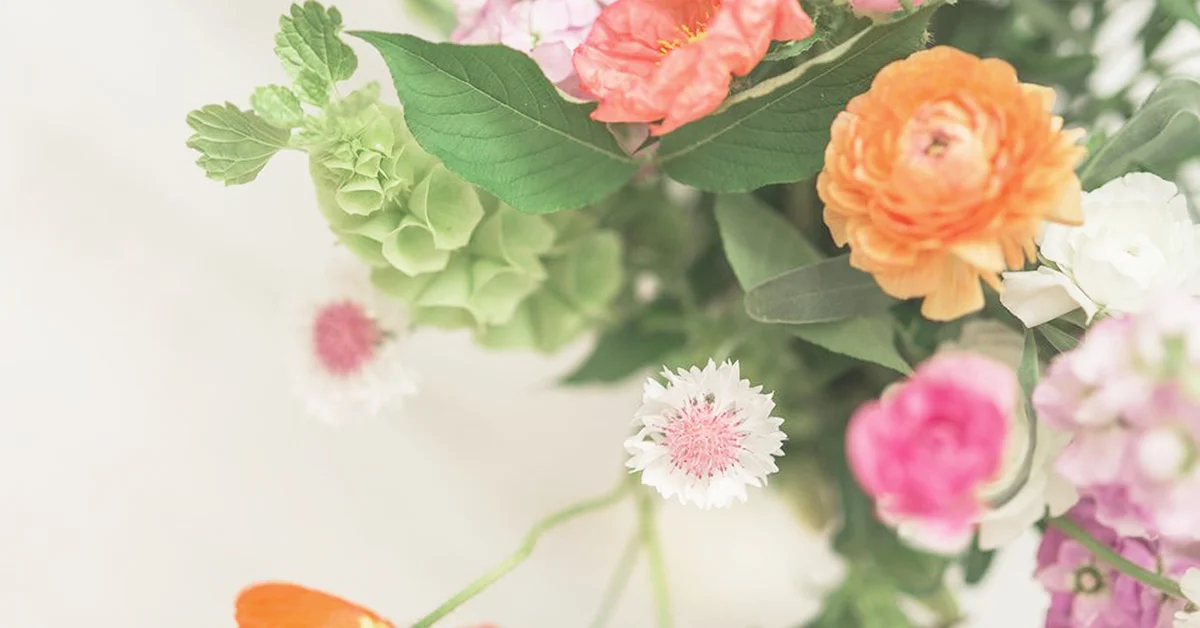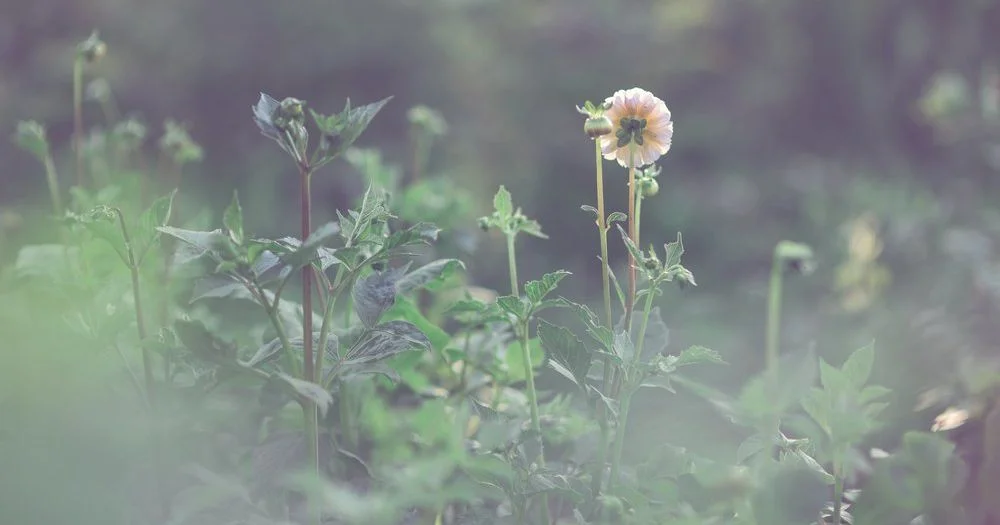For the love of dirt
Let's talk about dirt! Every flower person knows that the blooms we love depend on dirt, more accurately soil, to grow. It's the ground we walk on. It produces the food that sustains our bodies and the flowers that cheer our souls. Quite literally, our lives depend on it. I'm a flower farmer and soil is one of my favorite things! I love how it smells, how it feels and what it produces. As we look at soil let's define our terms. Dirt is the stuff under your fingernails. What we call potting soil, really isn't soil at all, but a mixture of mediums formulated for growing plants. The soil is the stuff on the ground and what holds the keys to life. The way we treat the soil affects us directly and indirectly. Soil quality affects native plant life, wildlife, water quality, the food we eat and the flowers we love. In this post, I'm going to address what soil is, why quality soil is important to grow flowers and how to maintain soil quality in a sustainable way.
What soil is
Soil is made up of distinct elements; sand, silt, clay, and organic matter. Every soil has different ratios of sand, silt, and clay creating different soil textures. The most ideal soil texture for cultivating plants is called loam. Loam, in its most balanced state, consists of a 2:2:1 ratio of sand, silt, and clay. However, the ratio can vary quite a bit creating silt loam, sandy loam, clay loam and everything in between. Soils that are not pure loams can still be used to grow flowers if properly amended, which we will talk about later in this post. Loams are the easiest to cultivate because of how they retain moisture while maintaining good drainage. If you are looking for a place to start a cut flower garden, you will want to pick a site that is a loam soil. Even if you have the perfect loam soil, but not high amounts of organic matter, you don't have good soil quality.
Why quality soil is important
Flowers take a lot of energy and food to grow. I'm not talking about the chocolate cravings you get after pulling weeds in your garden (maybe that's just me). Flowers get all of their energy from the soil. The soil itself (sand, silt, clay) doesn't do a great job of holding on to nutrients without organic matter. Organic matter is dead and decomposing plant material in the soil. That dead and decomposing material is what gives soil its life and its ability to sustain life. This is where many beneficial microorganisms, worms, and other critters make their homes. As they feed on the dead plant material, they replenish the soil with nutrients from their waste. There are many flowers that can grow in less than ideal soil conditions, but they won't flourish. If you want a lot of beautiful blooms for cutting, you must start with nutrient rich soil. If you have that, the amount of additional fertilizers is greatly reduced and, at times, even unnecessary.
How to improve and maintain soil quality
So you've picked your site and want to start growing. Is the soil not a perfect loam? No worries. There are three things you can do to improve the overall quality of your soil.
- Add Organic Matter
- Add Organic Matter
- Add Organic Matter
Sorry for the repetition. It really does make that much of a difference. Is your soil a little on the sandy side and dries out quickly? Organic matter helps retain moisture. Is your soil compact and sticky with poor drainage because of clay? Organic matter will improve drainage and loosen the soil to improve aeration. Never add sand to a clay soil. The clay will only fill the gaps in the sand and create a soil like cement. Once you've established your beds and have good soil quality, here are some tips for maintaining it. Add homemade, bagged compost, or composted manure to your growing site once a year. You can do this by spreading a 2-3 inch deep layer of compost on your beds and incorporating it into the soil with a shovel or tiller. If you have a large site, you may also consider planting a fall cover crop and tilling it into the soil in late winter giving it time to decompose before planting in the spring. This is called green manure. I don't advise buying bags of topsoil to add to your garden. There's no way to know the quality of the top soil. Adding soil to soil won't do much to improve the overall quality. Instead, compost is the way to go. It's also a good idea to get a soil test done by your local extension agent. They will be able to tell you specific needs for your specific site.
I wish you the best of luck in your flower growing endeavors. If you love flowers, then love the dirt!









